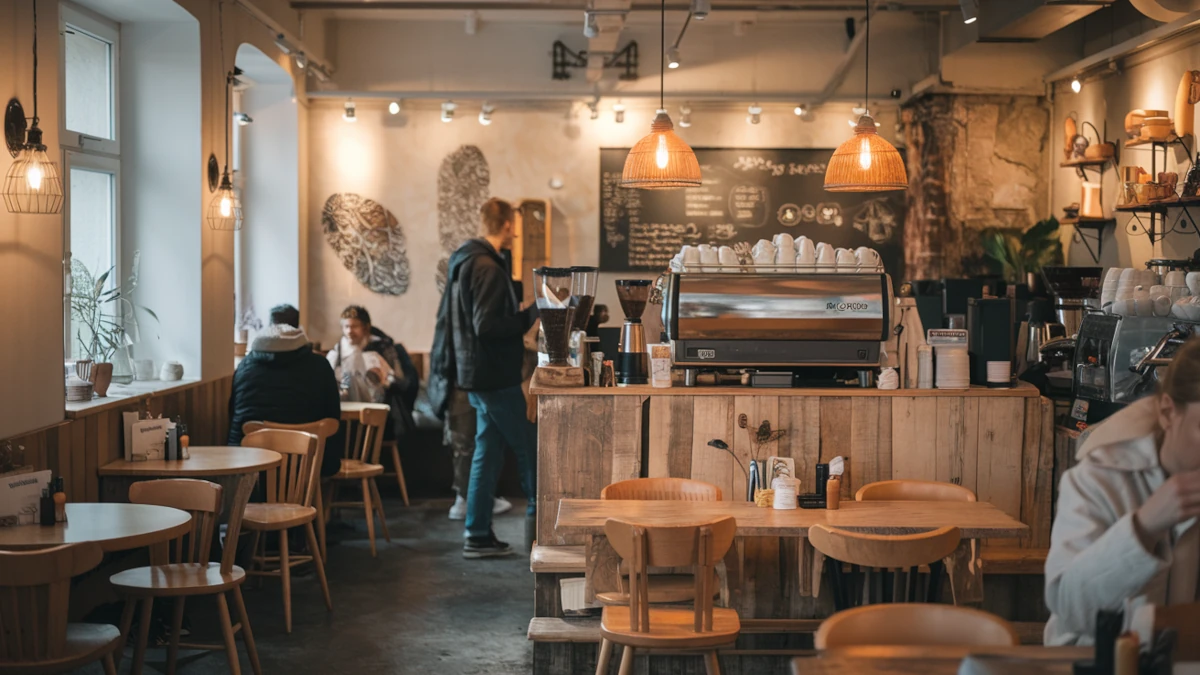Scandinavian coffee is more than a beverage—it’s a cherished tradition, rooted in warmth, hospitality, and daily life. This article explores the rich history, cultural rituals, and identity intertwined with coffee in the Nordic countries. Learn how coffee shaped Scandinavian culture, from historic influences to its role in modern life.
Table of Contents
Historical Roots of Scandinavian Coffee Culture
Coffee as a Functional Beverage
In Scandinavia’s harsh winters, coffee became a vital source of warmth and comfort. The drink’s functional benefits made it a daily staple, helping people withstand cold climates while offering a sense of solace.
The Temperance Movement’s Role in Coffee’s Popularity
During the 19th century, the temperance movement promoted coffee as a socially acceptable alternative to alcohol. Strongly supported by the church, coffee replaced alcohol in many social settings, embedding itself into daily routines and elevating its cultural importance.
Growth in Coffee Consumption
By the mid-20th century, Scandinavians had established their reputation as global leaders in coffee consumption. For example:
- Finland consistently ranks as the world’s highest coffee consumer per capita.
- Norway follows closely, reflecting a deeply ingrained coffee tradition.
- Sami communities relied heavily on coffee, consuming up to 12 cups a day, integrating it into their hospitality practices.
Coffee as a Social and Cultural Ritual
Swedish Fika: The Art of Coffee and Cake
One of the most iconic coffee rituals, fika, emphasizes taking a break to enjoy coffee and pastries with others. Originating in the late 19th century, fika is central to Swedish culture and even taught to newcomers as part of societal integration.
Coffee as a Symbol of Hospitality
In Nordic countries, coffee symbolizes warmth and generosity. Historic customs, such as Sami women serving coffee to guests, demonstrate its role in fostering community. Guests were often encouraged to drink multiple cups, with some consuming up to 20 cups daily during social visits.
Workplace Coffee Breaks in Finland
In Finland, coffee breaks became so integral to workplace culture that labor laws recognized them as part of the workday. These breaks foster relaxation, social connection, and productivity, making coffee a cornerstone of daily work life.
Coffee Preferences and National Identity
The Nordic Preference for Light-Roasted Coffee
Scandinavian countries favor light-roasted coffee, a tradition that dates back to the early 20th century. This preference reflects a unique national identity, tied to both taste and tradition.
Branding and Cultural Symbolism
Brands like Paulig in Finland highlight the cultural significance of coffee. The company’s iconic “Paula girl,” a figure dressed in traditional attire, represents Finnish pride and the deep connection between coffee and national identity.
Scandinavian Coffee in Modern Life
Evolving Traditions in a Globalized World
Modern trends are reshaping Scandinavian coffee culture. The rise of specialty coffee, sustainable farming, and direct trade practices is adding new layers to traditional coffee rituals.
Scandinavian Coffee in Popular Media and Tourism
Global fascination with Scandinavian culture has spotlighted rituals like fika. Tourists often explore Nordic coffee houses, while Scandinavian coffee brands and practices gain recognition in media and culinary circles worldwide.
Conclusion
Scandinavian coffee is a vibrant blend of history, hospitality, and identity. From its functional beginnings in harsh climates to its role in social and cultural rituals, coffee remains deeply embedded in Nordic life. Whether through the iconic Swedish fika, Finland’s workplace coffee breaks, or the shared love for light-roasted coffee, Scandinavians celebrate coffee as more than a drink—it’s a symbol of community, warmth, and tradition.
